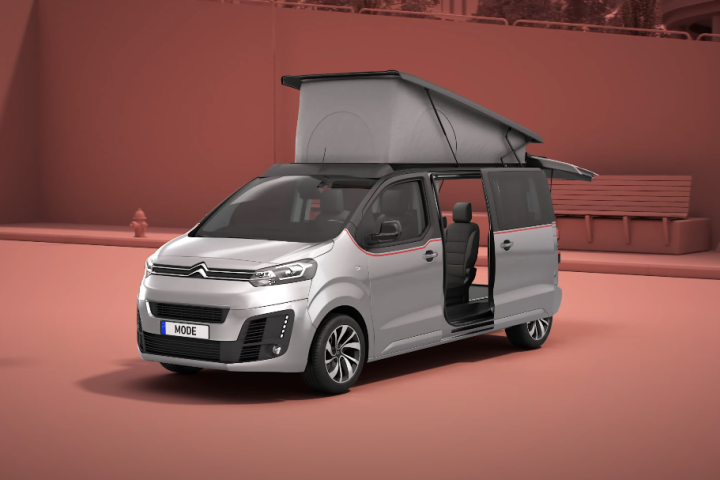Keeping food and drinks chilled is straightforward enough when you have a continuous power supply, but not everyone has that luxury. Relying on an ice-based approach to keep things cool around the clock with just six hours of plug-in time, Coolfinity’s IceVolt 300 is a fridge designed for shop owners in tropical areas whose goods often go to waste due to power outages.
According to Coolfinity, more than 70 countries around the world endure regular power outages, and many of them are in tropical or subtropical zones. When business owners in these areas can't keep their goods properly cooled, it often leads to spoilage and vast amounts of wastage.
The IceVolt 300 fridge is designed to lessen their reliance on the grid by freezing water and using it as a thermal sink, gently releasing cold energy as needed to keep the container at the desired temperature when the power supply is cut.
While this concept isn't new, Coolfinity says it is the first to apply the technique to large commercial coolers. It has designed the IceVolt 300 fridge in such a way that it is able to simply freeze water when power is available. It says that with six hours of power each day, the Coolfinity fridge can run 24/7. And if the power is cut, the ice melts slowly enough to hold the temperature of refrigerator to below 6° C (42° F) for up to 48 hours.
"This way we have indeed decoupled cooling ability from energy availability by offering a fridge that keeps products cold and is also able to cool down warm products even when there is no power," the company says.
Coolfinity is launching the IceVolt 300 fridge internationally at CES in Las Vegas this week, where it has also picked up an innovation award for its efforts.
Source: Coolfinity
Update (Jan. 10, 2020): This article originally stated that the IceVolt 300 made use of a eutectic solution, which is a mixture that has a lower melting point than those of its constituent parts. We've confirmed with the company that it only uses water and have changed the text accordingly. Our apologies for the error and thanks to the readers who brought it to our attention.




